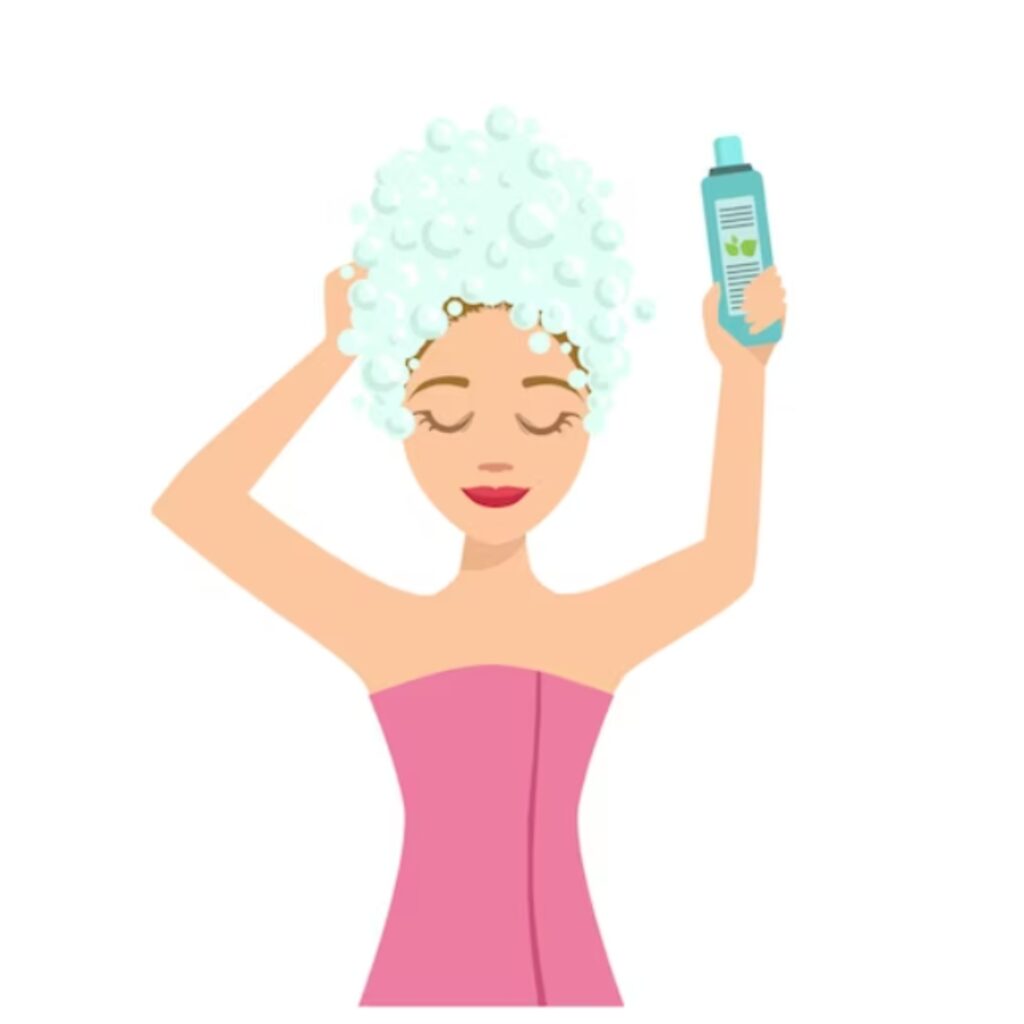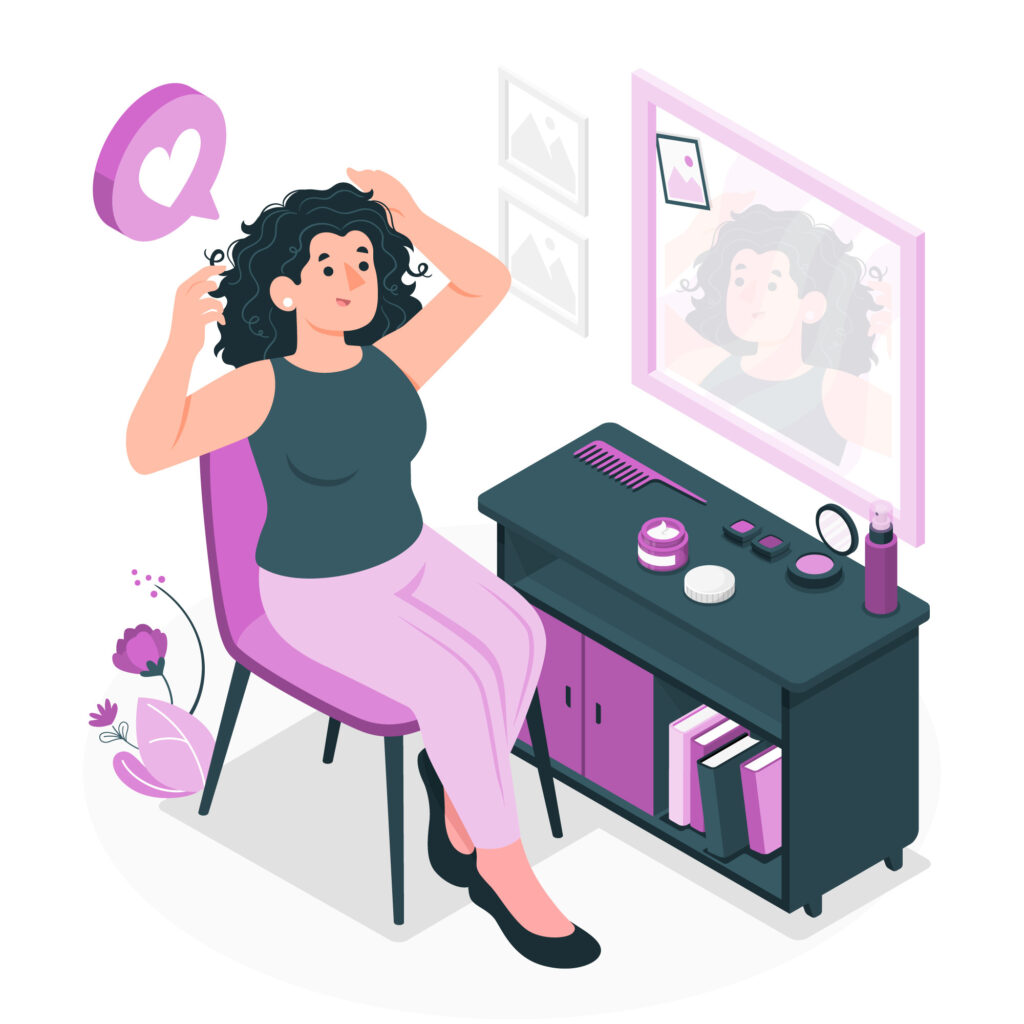Table Of Contents
- 1 Introduction
- 2 Assessing Your Hair Porosity: The Key to Tailored Hair Care
- 3 Cleansing and Shampooing: The Blueprint for Luscious Low Porosity Locks
- 4 Conditioning and Moisturizing: The Nectar for Luscious Low Porosity Locks
- 5 Heat and Hydration: Igniting the Glow of Low Porosity Tresses
- 5.1 The Role of Heat in Low Porosity Hair Care
- 5.2 Benefits of Heat-Based Conditioning
- 5.3 Best Skincare Products Of All Time: Top Picks
- 5.4 Best Nail Art Designs For Music Festivals:Top Tips
- 5.5 Best Nail Art Designs For Date Night: Expert Tips
- 5.6 The Importance of Steam Treatments
- 5.7 What to Look for in Hair Products
- 5.8 Avoiding Product Buildup
- 5.9 Key Ingredients for Low Porosity Hair
- 6 Detangling and Styling: Crafting the Perfect Canvas for Low-Porosity Locks
- 7 Unlock the Secrets of Low Porosity Hair
- 8 Cleansing and Shampooing: The Blueprint for Luscious Low Porosity Locks
- 9 Natural Remedies and DIY Treatments: The Gentle Nurturers of Low Porosity Hair
- 10 Conclusion
Introduction
From the challenges unique to low-porosity hair to the critical importance of proper care, we will embark on a journey to unveil the secrets to nurturing and transforming your locks. Discover how to assess your hair’s porosity, choose the right products, apply gentle detangling techniques, and maintain a consistent routine. Dive into the world of natural remedies and DIY treatments that can breathe new life into your low porosity hair mane.
Join us as we unlock the potential of your low porosity hair, leaving you with locks that radiate health, beauty, and confidence. It’s time to embrace the art of low porosity hair care and embark on a path to luscious, vibrant tresses.
Assessing Your Hair Porosity: The Key to Tailored Hair Care
Understanding your hair’s porosity is a fundamental step toward achieving healthier and more manageable locks. In this guide, we will explore the various methods to assess your hair’s porosity, focusing particularly on identifying low porosity hair. Let’s dive into the world of hair porosity assessment.
How to Determine if You Have Low-Porosity Hair
First and foremost, it’s essential to recognize the signs that indicate you may have low porosity hair. These signs include:
- Slow Water Absorption: Low porosity hair tends to repel water initially, making it seem resistant to getting wet.
- Product Buildup: Hair products often sit on the hair’s surface, rather than being readily absorbed. This can result in a heavy or greasy feeling.
The Float Test
An easy and popular method for determining hair porosity is the float test. Here’s how it works:
- Select a Strand: Choose a clean, dry strand of hair.
- Place it in Water: Fill a glass with room-temperature water and gently drop the hair strand in.
- Observe the Results: If the strand remains afloat at the water’s surface for an extended period, it’s a strong indicator of low porosity hair.
Observing Product Buildup
Another telltale sign of low porosity hair is the tendency to accumulate product residue.
- Product Buildup: Frequent complaints of hair feeling weighed down or developing a layer of product buildup are indicative of low porosity. In such cases, products struggle to penetrate the hair shaft, leading to this residue.
Cleansing and Shampooing: The Blueprint for Luscious Low Porosity Locks
Embarking on a journey to healthy, vibrant hair begins with the right cleansing and shampooing routine. For those with low porosity hair, this becomes an even more critical aspect of the hair care ritual. In this post, we’ll explore the ins and outs of cleansing and shampooing low-porosity hair, ensuring your locks get the care they truly deserve.

The Right Shampoo for Low Porosity Hair
Choosing the perfect shampoo can make all the difference for low porosity hair. Opt for sulfate-free and hydrating shampoos that don’t strip your hair of its natural oils. Look for ingredients like glycerine and honey to provide the moisture your locks crave. These nourishing formulas help open up the hair cuticles, allowing moisture to penetrate the strands effectively.
Clarifying Shampoos and Their Benefits
Periodic clarifying with the right shampoo can be a game-changer. Clarifying shampoos remove product buildup, which is common in low porosity hair. They leave your hair feeling refreshed, lighter, and more receptive to moisture. However, use these shampoos sparingly to prevent over-cleansing, which can lead to dryness.
How Often Should You Shampoo?
Finding the sweet spot for shampooing frequency is key. For low porosity hair, washing too frequently can strip away natural oils, while infrequent washing may lead to product buildup. Generally, a weekly or biweekly schedule works well, but adjust based on your hair’s specific needs and your lifestyle.
Conditioning and Moisturizing: The Nectar for Luscious Low Porosity Locks
In the quest for healthy, radiant hair, conditioning and moisturizing are the secret weapons, especially for those with low porosity locks. In this guide, we’ll delve into the art of conditioning and moisturizing low-porosity hair, revealing the transformative power these steps can have on your mane.
Choosing the Ideal Conditioner
Selecting the perfect conditioner is paramount. Look for products explicitly designed for low porosity hair. These conditioners often contain ingredients like coconut oil, aloe vera, or shea butter, which penetrate the hair shaft effectively. When applying, focus on the ends and avoid over-conditioning the roots, as this can lead to greasiness.
Deep Conditioning for Low Porosity Hair
For an extra boost of hydration, incorporate deep conditioning into your routine. Deep conditioners are designed to penetrate the hair cuticle and provide intense moisture. Consider using heat to help the product penetrate further. This can be achieved by wrapping your hair in a warm towel or using a hair steamer.
The LCO (Liquid, Cream, Oil) Method
Unlock the secret to long-lasting moisture with the LCO method. Start by applying a water-based leave-in conditioner or a water-based hair mist. Follow this with a rich, creamy moisturizer to seal in the moisture. Finally, finish with a light oil, like argan or jojoba, to lock everything in place. This layering technique helps low porosity hair retain moisture for an extended period.
Heat and Hydration: Igniting the Glow of Low Porosity Tresses
When it comes to nurturing low porosity hair, heat and hydration are like a dynamic duo, working together to unlock your hair’s true potential. In this illuminating guide, we’ll unravel the mysteries of heat and hydration for low porosity hair, shedding light on how they can transform your locks.
The Role of Heat in Low Porosity Hair Care
Heat is the unsung hero of low porosity hair care. It aids in opening the hair cuticle, allowing moisture to penetrate. Use warm water when washing your hair to gently coax those cuticles open. Similarly, when deep conditioning, consider applying heat through methods like a warm towel or a hooded dryer. This simple step can make a world of difference.
Benefits of Heat-Based Conditioning
Heat-based conditioning amplifies the benefits of your hair products. It allows deep conditioners and moisturizers to seep into the hair shaft, providing intense hydration. Not only does this result in softer, more manageable hair, but it also enhances the absorption of essential nutrients.
The Importance of Steam Treatments
Steam treatments are a luxurious treat for low porosity locks. They involve using a hair steamer or even a warm, damp towel to envelop your hair in moisture-rich steam. This helps to raise the hair cuticle, making it more receptive to conditioning treatments. Regular steam treatments can leave your hair feeling incredibly soft and revitalized.
Product Selection and Ingredients: The Magic Elixir for Low Porosity Locks
Choosing the right hair products is akin to selecting a tailored outfit; it can make all the difference. For those blessed with low porosity hair, this decision becomes even more pivotal. In this enlightening guide, we’ll navigate the realm of product selection and ingredients, unveiling the secrets to nurturing your low porosity mane.
What to Look for in Hair Products
The first step in choosing the right products is to scrutinize the labels. Seek out hair products specifically designed for low porosity hair. These formulas are often lightweight and free from heavy oils or silicones that can weigh down your locks. Opt for products that boast phrases like “moisture-balancing” or “hydrating”.
Avoiding Product Buildup
One of the key challenges for low porosity hair is the tendency to accumulate product residue. To avoid this, use products that are easily absorbed. Consider using clarifying shampoos periodically to remove buildup. Additionally, use products sparingly, as a little often goes a long way with low porosity hair.
Key Ingredients for Low Porosity Hair
Delve deeper into the ingredient list to find what truly benefits your hair. Ingredients like glycerin and aloe vera are excellent choices for their moisturizing properties. Look for proteins such as silk or wheat protein to strengthen your strands. Stay clear of heavy oils like mineral oil and petrolatum, which can lead to product buildup.
Learn how to prevent hair breakage and get shiny and radiant hair with these easy tips Here.
Detangling and Styling: Crafting the Perfect Canvas for Low-Porosity Locks
For those with low porosity hair, detangling and styling is more than just daily rituals; they are art forms that require finesse and care. In this comprehensive guide, we’ll explore the intricate world of detangling and styling for low porosity hair, revealing the secrets to taming and showcasing your gorgeous mane.

Gentle Detangling Techniques
Embark on your hair care journey with gentle detangling techniques. Use a wide-toothed comb or your fingers to work through knots and tangles. Begin at the tips and work your way up to the roots, patiently unraveling each knot without causing undue stress to your precious locks. Detangling when your hair is damp or conditioned can make this process smoother.
Styling Tips for Low Porosity Hair
When it comes to styling, low porosity hair thrives on simplicity. Use lightweight styling products to avoid product buildup. Consider air-drying or using a diffuser when blow-drying to prevent excess heat exposure. Embrace your hair’s natural texture, whether it’s waves, curls, or coils, and opt for styles that enhance your unique beauty.
Protective Styles
For added protection and versatility, explore protective styles like braids, twists, or updos. These styles minimize manipulation and reduce the risk of breakage. Just ensure that the styles are not too tight, as this can cause stress on your hair and scalp.
Unlock the Secrets of Low Porosity Hair
Discover the Ultimate Guide to Healthy, Hydrated Locks
Cleansing and Shampooing: The Blueprint for Luscious Low Porosity Locks
Embarking on a journey to healthy, vibrant hair begins with the right cleansing and shampooing routine. For those with low porosity hair, this becomes an even more critical aspect of the hair care ritual. In this post, we’ll explore the ins and outs of cleansing and shampooing low-porosity hair, ensuring your locks get the care they truly deserve.
The Right Shampoo for Low Porosity Hair
Choosing the perfect shampoo can make all the difference for low porosity hair. Opt for sulfate-free and hydrating shampoos that don’t strip your hair of its natural oils. Look for ingredients like glycerin and honey to provide the moisture your locks crave. These nourishing formulas help open up the hair cuticles, allowing moisture to penetrate the strands effectively.
Clarifying Shampoos and Their Benefits
Periodic clarifying with the right shampoo can be a game-changer. Clarifying shampoos remove product buildup, which is common in low porosity hair. They leave your hair feeling refreshed, lighter, and more receptive to moisture. However, use these shampoos sparingly to prevent over-cleansing, which can lead to dryness.
How Often Should You Shampoo?
Finding the sweet spot for shampooing frequency is key. For low porosity hair, washing too frequently can strip away natural oils, while infrequent washing may lead to product buildup. Generally, a weekly or bi-weekly schedule works well but adjust based on your hair’s specific needs and your lifestyle.
Natural Remedies and DIY Treatments: The Gentle Nurturers of Low Porosity Hair
In the quest for vibrant and healthy low porosity hair, sometimes, Mother Nature herself holds the answers. In this illuminating guide, we’ll delve into the world of natural remedies and DIY treatments, exploring how these gentle solutions can rejuvenate and revitalize your locks.
Home Remedies for Low Porosity Hair
The beauty of home remedies lies in their accessibility and simplicity. Here are a few tried-and-true remedies:
- Apple Cider Vinegar Rinse: This clarifying solution can help remove product buildup, leaving your hair refreshed and more receptive to moisture.
- Aloe Vera Gel: Aloe vera’s hydrating and soothing properties make it an excellent choice for low-porosity hair. Apply it as a leave-in conditioner to enhance moisture retention.
- Green Tea Rinse: Green tea is rich in antioxidants and can promote hair health. A green tea rinse can add shine and vitality to your locks.
DIY Hair Masks and Treatments
Indulge in the art of DIY with homemade hair masks and treatments tailored for low-porosity hair. Here are a couple of ideas:
- Avocado and Banana Mask: Mash avocado and banana together and apply as a hair mask. The natural oils in avocados and the nourishing properties of bananas can provide intense hydration.
- Honey and Olive Oil Treatment: Combine honey and olive oil for a luxurious treatment. Honey is a humectant, attracting moisture to your hair, while olive oil provides deep conditioning.
Conclusion
From understanding the nuances of low porosity hair and the significance of proper care to assessing your hair’s specific needs and embracing natural remedies, we’ve armed you with the knowledge and tools to embark on a transformative journey.
Remember, caring for your low porosity hair is not just a routine; it’s a reflection of your beauty and individuality. By following the tailored tips and techniques provided in this guide, you’ll unlock the radiance and vitality of your locks like never before.




